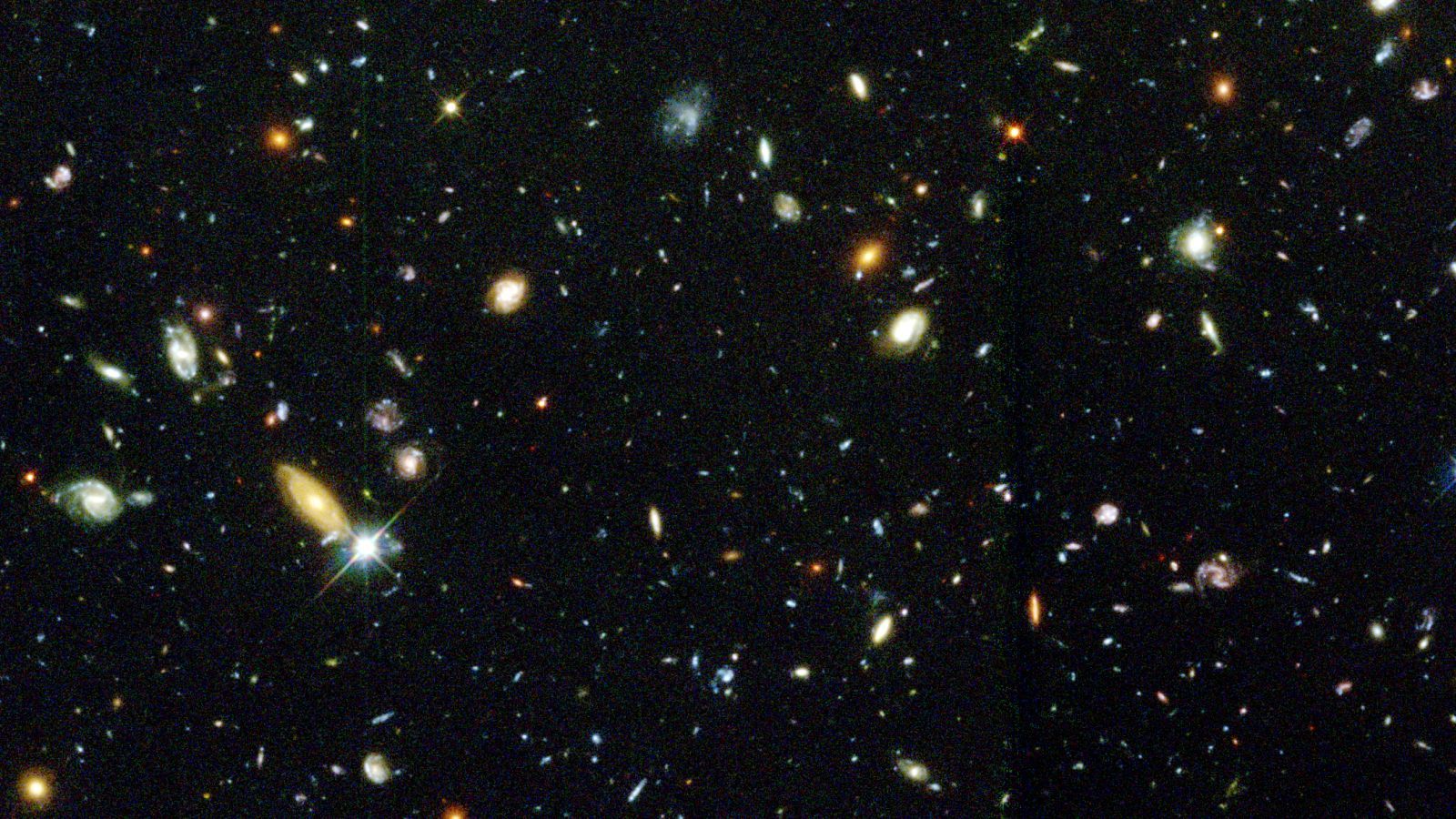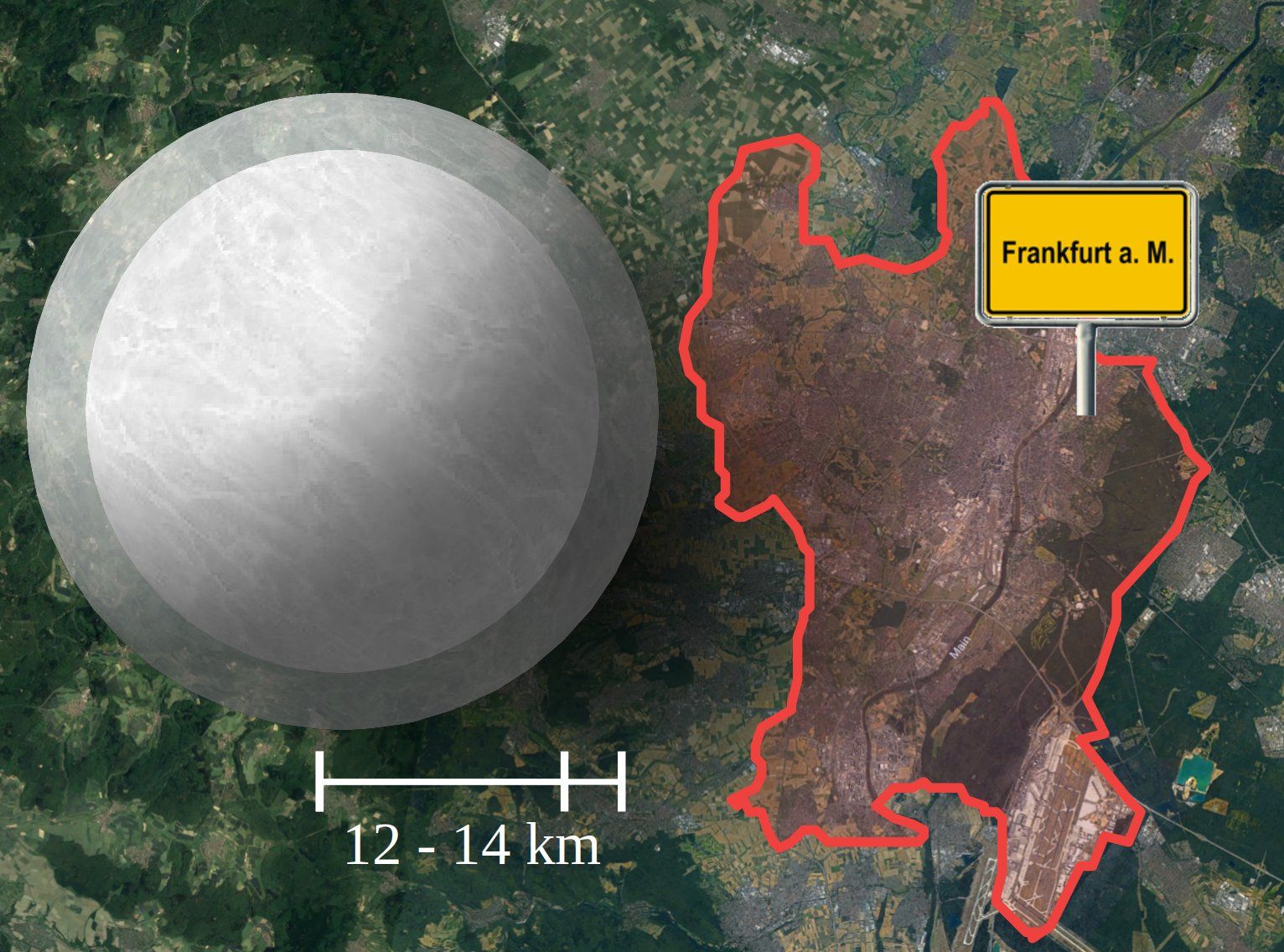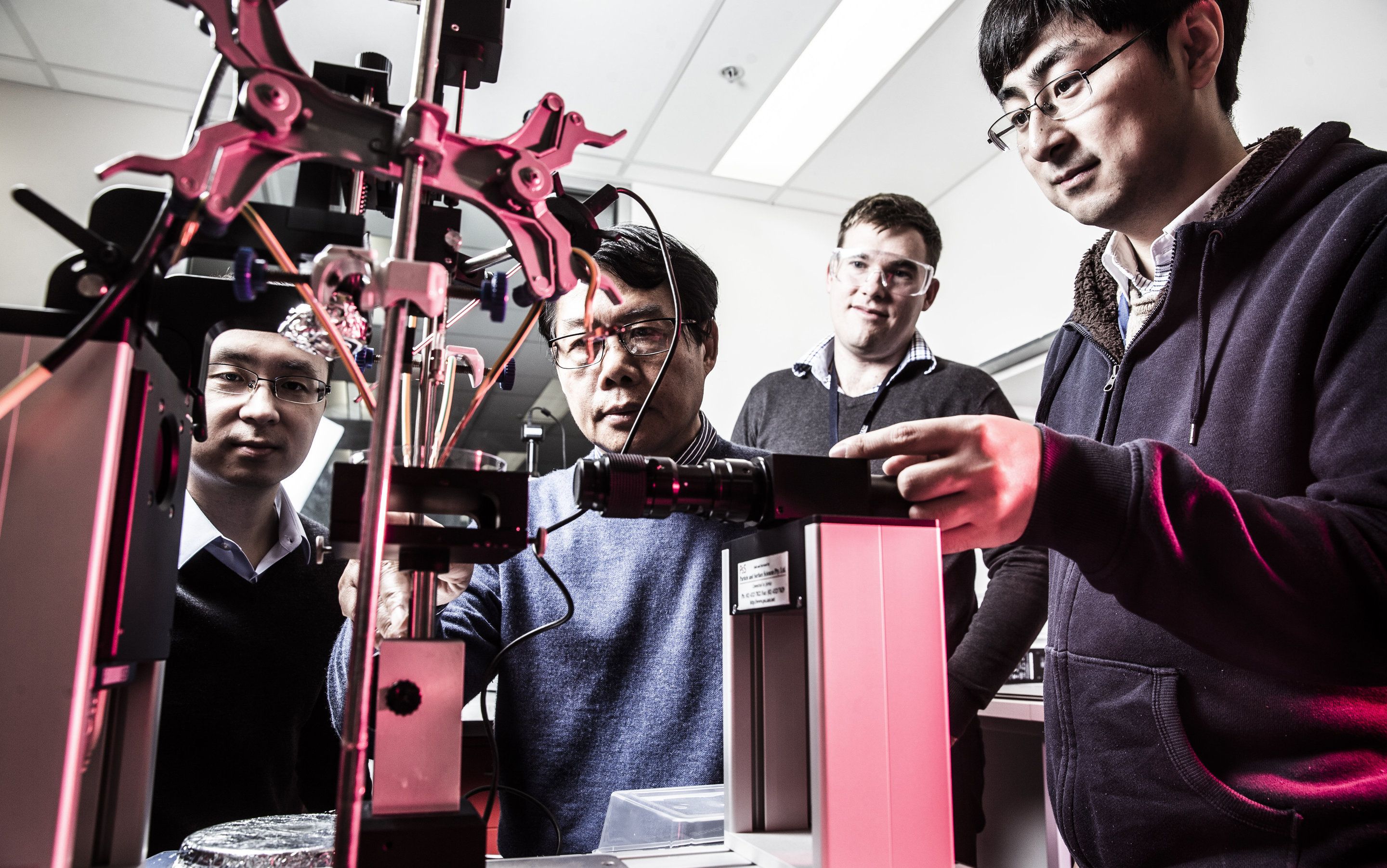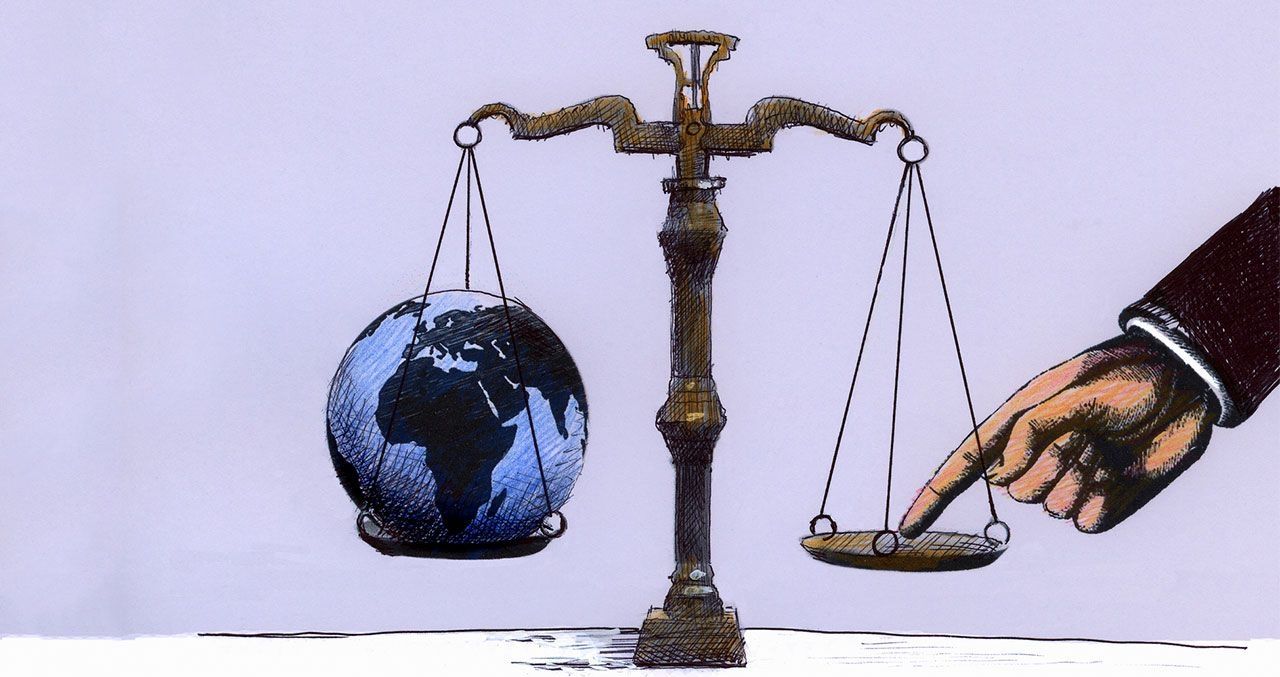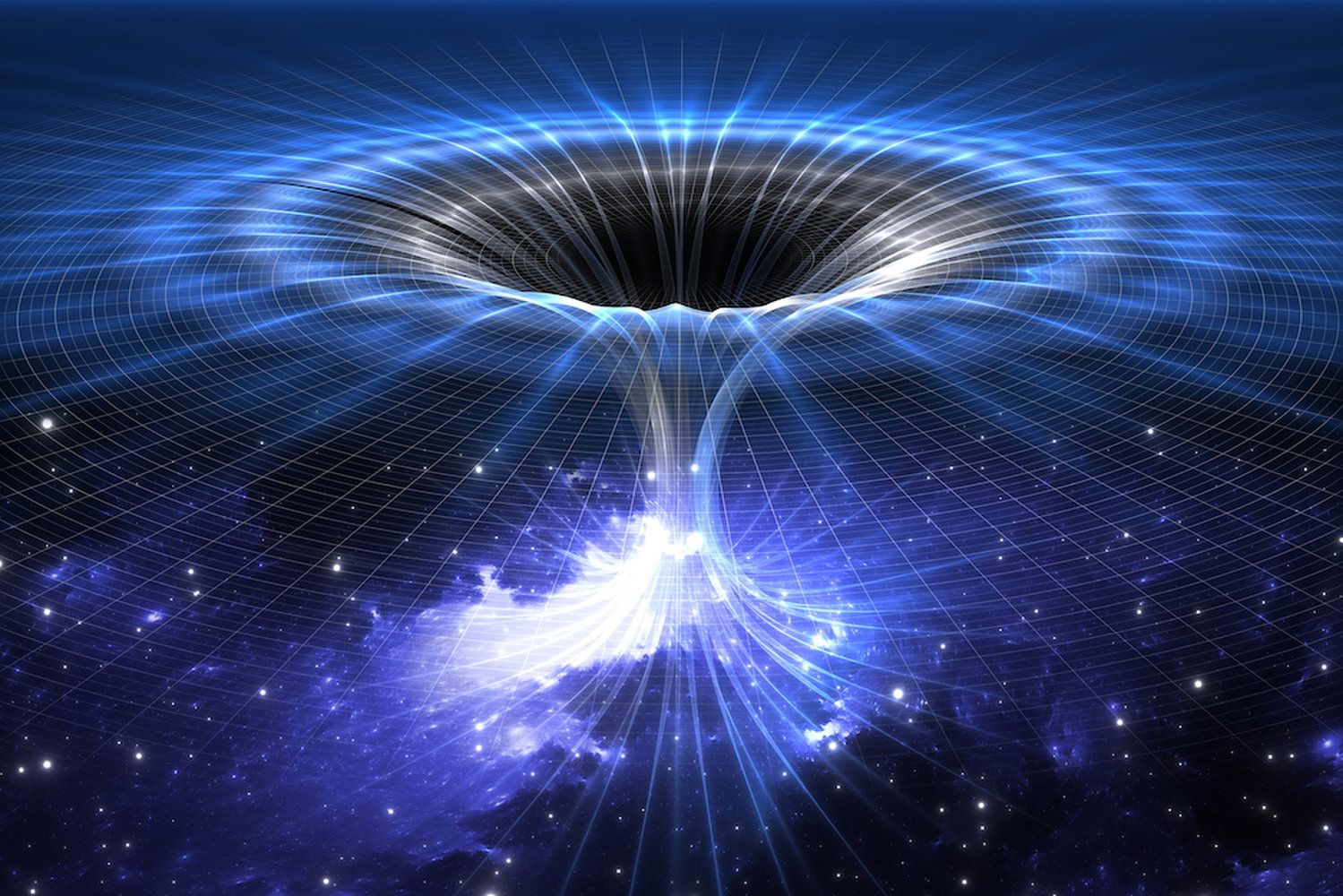Jul 17, 2018
No more zigzags: Scientists uncover mechanism that stabilizes fusion plasmas
Posted by Genevieve Klien in categories: nuclear energy, physics
Sawtooth swings—up-and-down ripples found in everything from stock prices on Wall Street to ocean waves—occur periodically in the temperature and density of the plasma that fuels fusion reactions in doughnut-shaped facilities called tokamaks. These swings can sometimes combine with other instabilities in the plasma to produce a perfect storm that halts the reactions. However, some plasmas are free of sawtooth gyrations thanks to a mechanism that has long puzzled physicists.
Researchers at the U.S. Department of Energy’s (DOE) Princeton Plasma Physics Laboratory (PPPL) have recently produced complex simulations of the process that may show the physics behind this mechanism, which is called “magnetic flux pumping.” Unraveling the process could advance the development of fusion energy.


